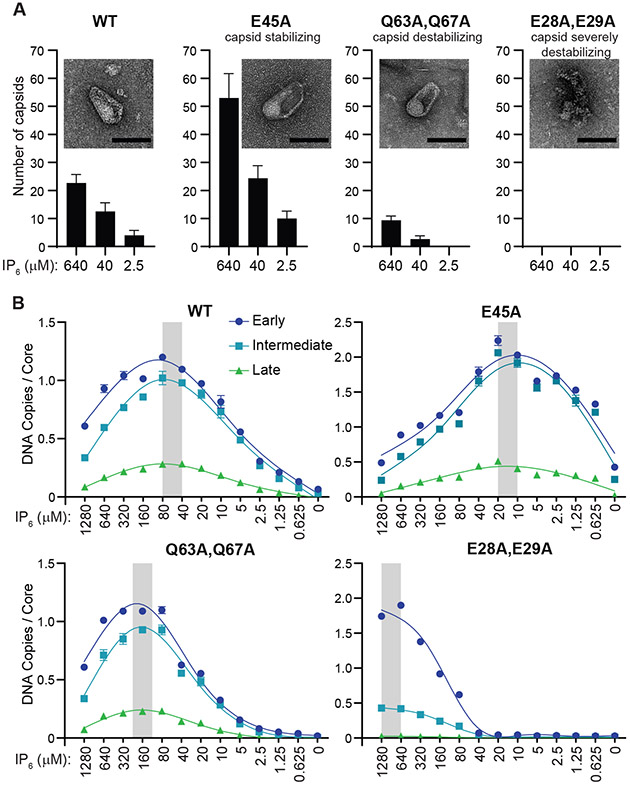Fig. 2. Effects of Capsid Stability on ERT Efficiency.
(A) Stability of HIV-1 capsids composed of wild type (WT) or the indicated CA mutant subunits. Capsid stability was assessed by treating virions with melittin to release cores into lysate-free ERT buffers that contained different IP6 levels, and then quantifying the numbers of apparently intact capsids (insets; scale bars, 100 nm) by imaging with negative stain transmission electron microscopy (TEM). Graphs report the mean and standard deviation (n=3) of intact cores per 900 μm2 under the different conditions (see Materials and Methods and Fig. S1 for details). (B) ERT levels from cores with WT or mutant CA proteins at different IP6 concentrations. Grey bars highlight IP6 concentrations that optimized transcript numbers. Standard “non-lysate” conditions were used for these experiments, except for variations in IP6 levels.

